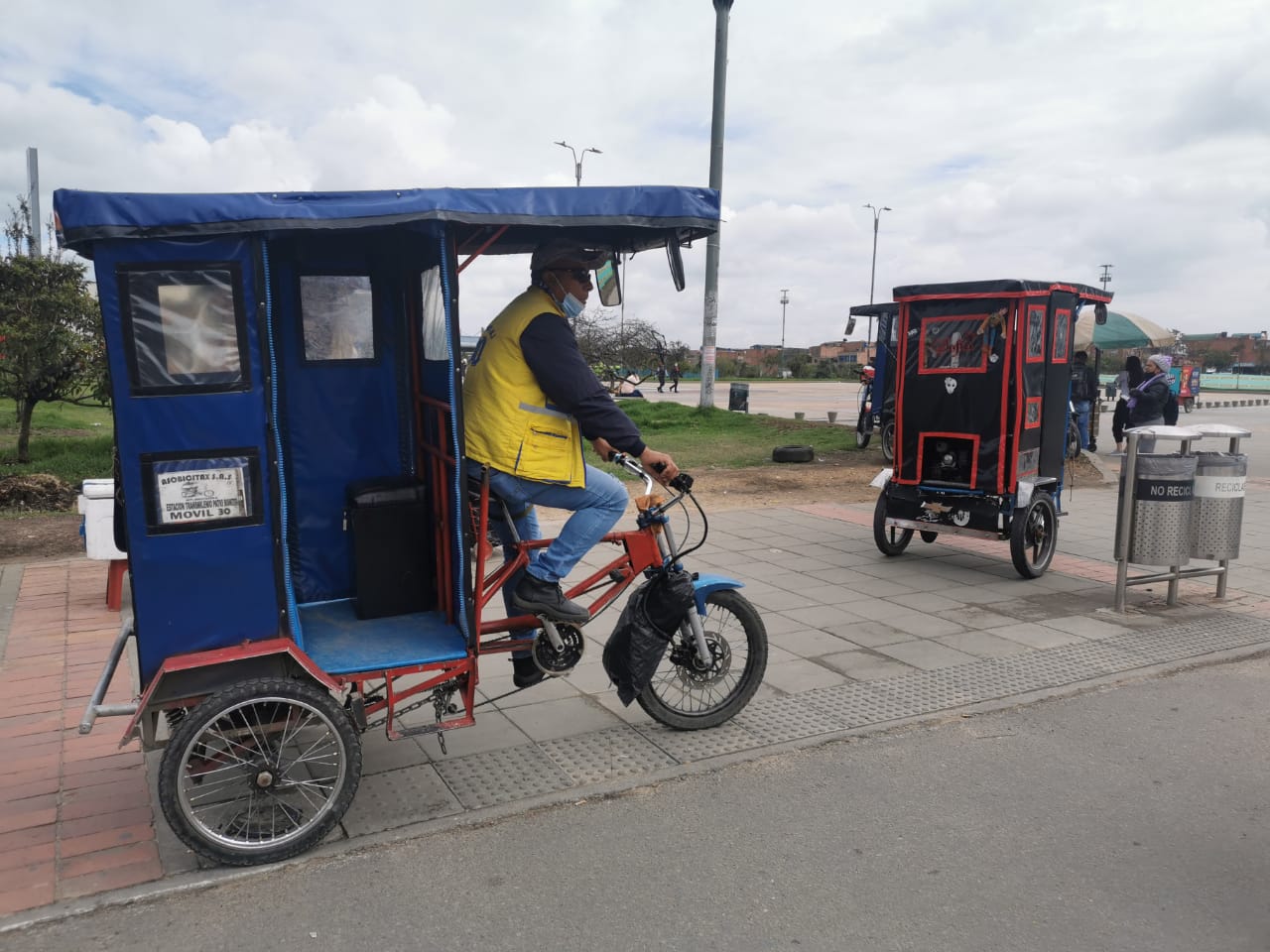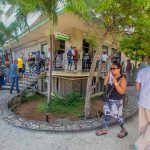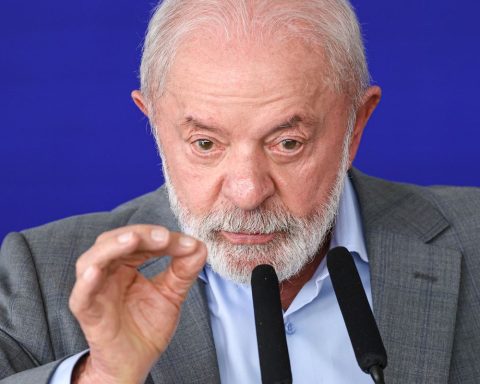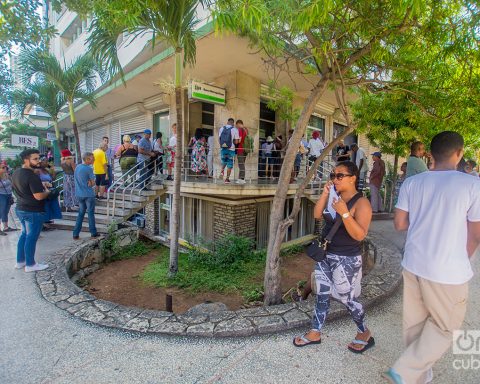The project for pedicab regulation has already been filed and seeks to bring order to a phenomenon that is becoming a danger for users, taking into account that They do not have insurance in case of a traffic accident.
This complementary service operates in several areas of Bogotá, given the difficult access of public transport. This being the case, the mobility authorities already identified some of these sectors where the highest concentration of pedicabs is recorded.
You may be interested in: Project to regulate pedicabs in Bogotá was filed
One of the points in favor of this service is the strategic locations and the routes through which they provide the service. Usually the distances from the pedicab services are short.
According to the results of Bicitaxismo Characterization Study 2019, the locations of Kennedy and Bosa concentrate the 64% of the pedicabs of the capital.
Similarly, other locations such as Engativá, Suba, Usaquén, Ciudad Bolívar and Usme the remaining 36% of the concentration of pedicab drivers are also distributed. The opposite happens in places like Tunjuelito, Antonio Nariño, La Candelaria, Santa Fe and San Cristobalwhere there were zero registered pedicabs in the 2019 characterization, which was carried out on 5,530 people.
On the other hand, there are data that worry the authorities regarding the pedicab service. In 2013, most of these vehicles did not have an engine, while in 2019, more than half of these vehicles have a combustion engine, which indicates that the increase was from 0.2% to 51%.
Also read: Pedicab protest in Bogotá: Damages due to vandalism exceed $70 million
However, the power source of the units in each of the locations is different. In places like Ciudad Bolivar and Usme, the percentage of pedicabs with a combustion engine is 77% or higher, while in bagmore than half of the vehicles do not have any type of engine.
Finally, the study indicates that 35% of the vehicles in Barrios Unidos are pedal assisted and 17% of the vehicles in go up They have the electric motor.
















